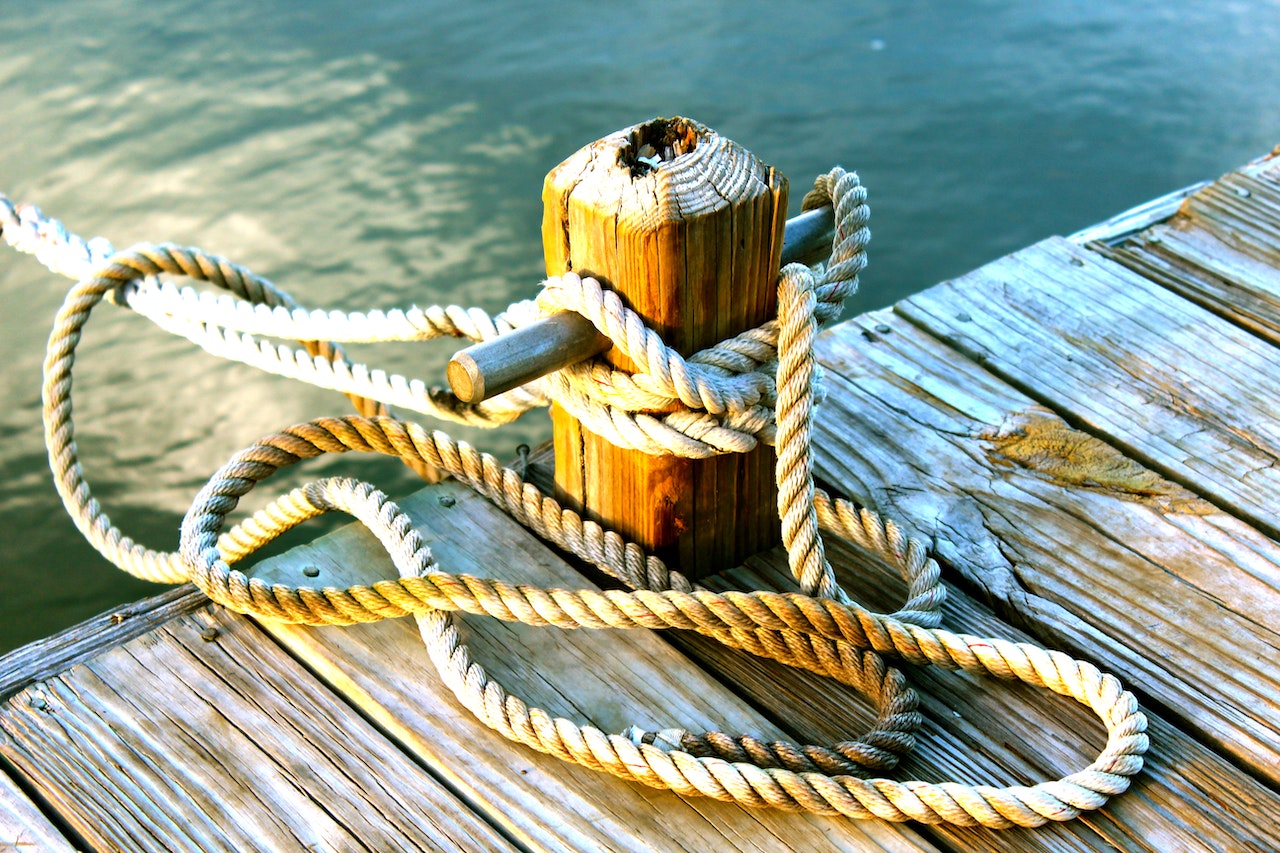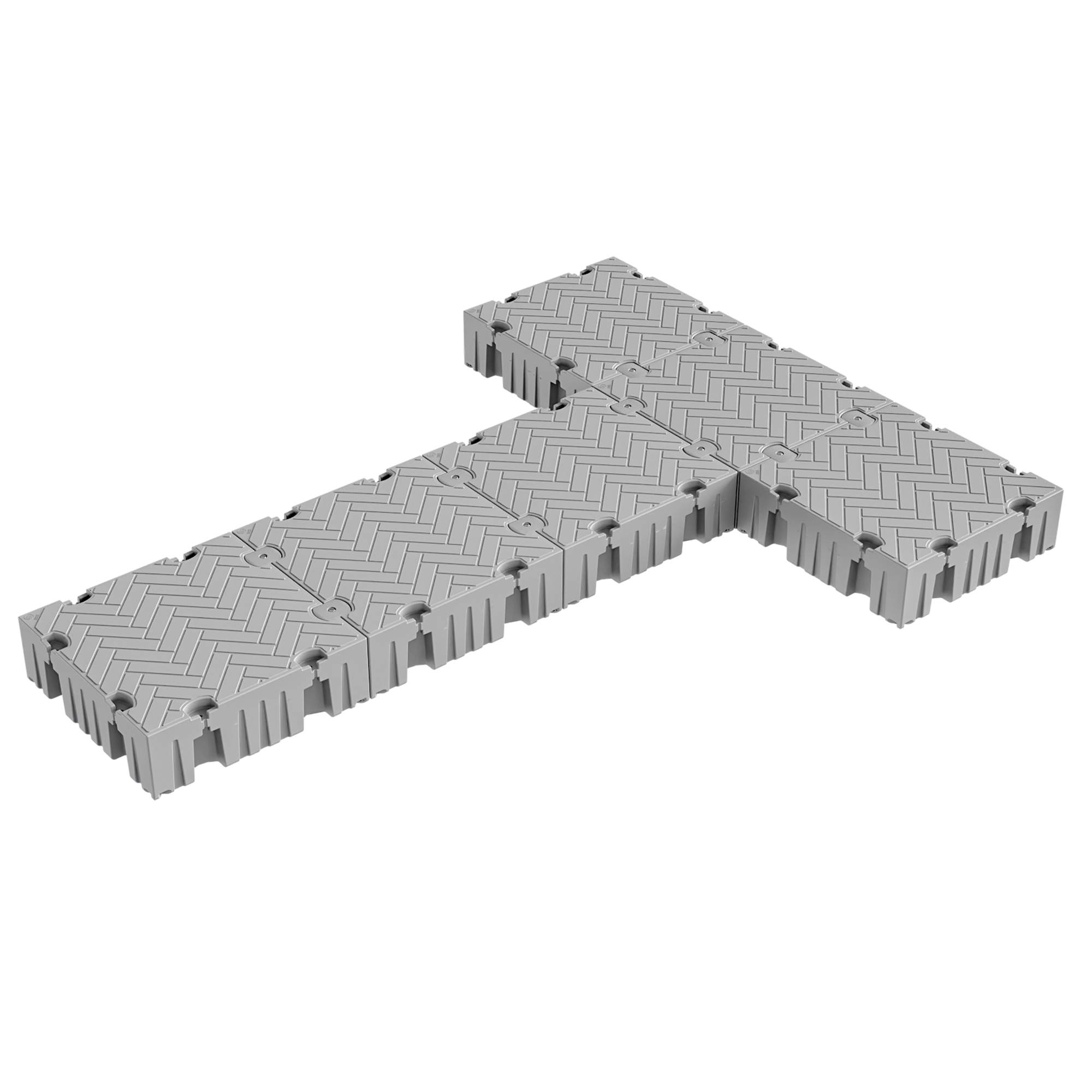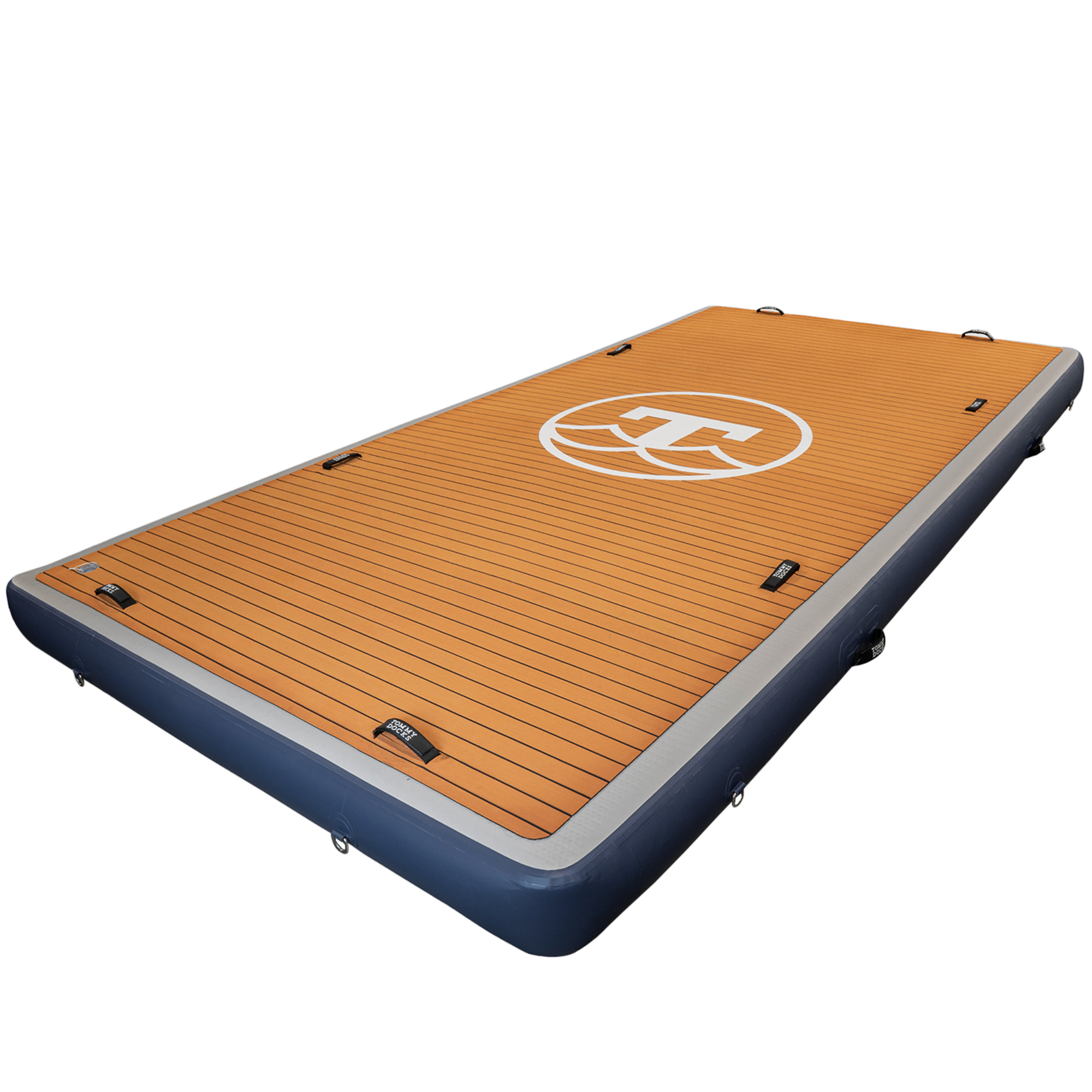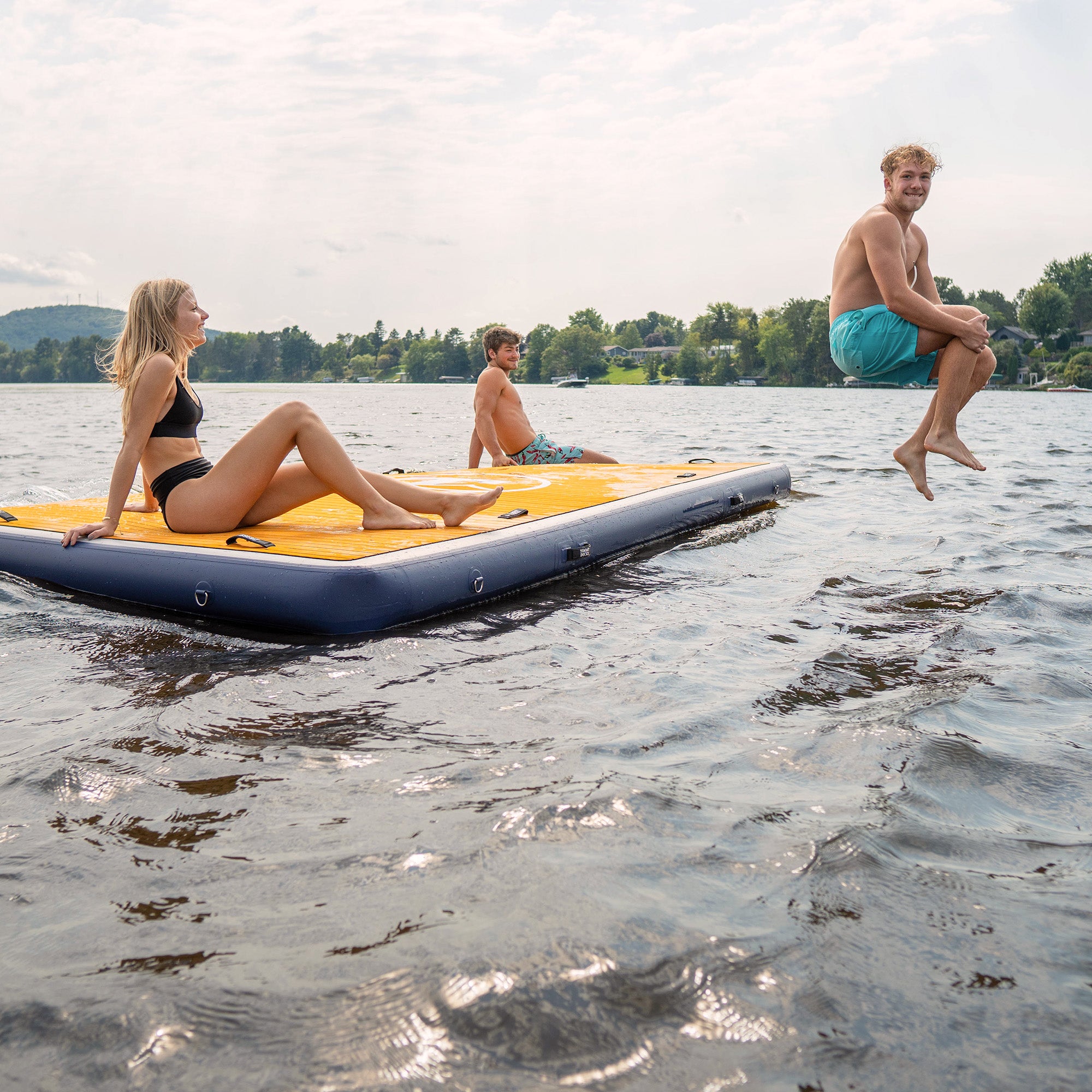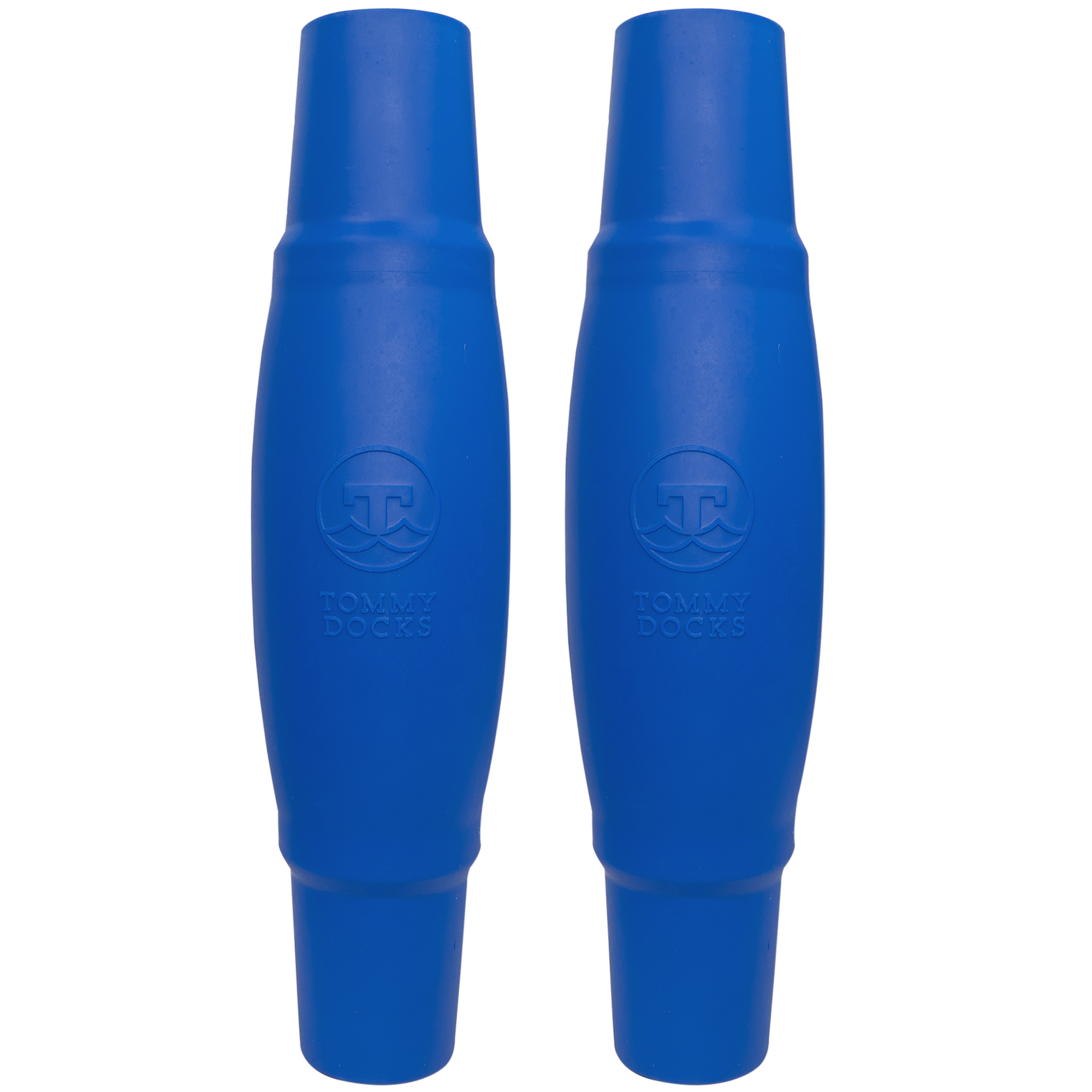There's a unique sense of freedom and adventure that comes with owning a boat. Whether you're setting out for a weekend fishing trip or a leisurely cruise along the coast, a day out on the water is always a thrilling experience. However, an essential aspect of being a boat owner is knowing how to properly secure your boat to a dock. The process, while seemingly simple, requires particular techniques and knowledge to ensure your vessel remains safe and undamaged. Let's walk through the steps on how to tie your boat to a dock effectively.
Understanding the Ropes
Before you start, it's crucial to familiarize yourself with the ropes, literally. Marine ropes, often referred to as 'lines,' come in different types and sizes. The most common types are bow lines (front of the boat), stern lines (back of the boat), and spring lines (prevent forward and backward movement). The diameter of the line you use will depend on your boat's size. As a general rule, for every nine feet of boat length, you should use a 1/2-inch diameter line.
Preparing for the Docking
As you approach the dock, ensure you have your lines and fenders ready. Fenders are crucial in protecting your boat from getting scratched or damaged against the dock. Position them on the side of the boat that will be against the dock, taking into account where the boat will sit in relation to the dock.
The Art of Tying Knots
Securing a boat to a TommyDocks dock, or really any boat dock, involves tying two main types of knots: a bowline knot and a cleat hitch.
Bowline Knot: This knot is used for creating a fixed loop at the end of a line. It is known as the 'King of Knots' in the boating world because of its strength and stability. To tie a bowline knot, make a small loop (the rabbit hole) in the line, bring the end of the line (the rabbit) up through the loop, around the standing line (the tree), and back down the loop.
Cleat Hitch: This knot is commonly used to tie the boat to a dock. To make a cleat hitch, wrap the line around the base of the cleat, then cross it over the top of the cleat and wrap it around the base again. Finish by making a loop with the line, under then over the cleat's arm, and tuck the end of the line into the loop you've just made.
Positioning Your Lines
The positioning of your lines is crucial in ensuring your boat stays put. Typically, you'll need at least three lines: a bow line, a stern line, and a spring line.
Bow and Stern Lines: These prevent the boat from drifting away from the dock. Attach one end of the line to a sturdy point on your boat, bring it to the dock, loop it around a dock cleat or post, and secure it with a cleat hitch.
Spring Lines: These prevent the boat from moving forward or backward. A forward spring line runs from the bow to the dock behind your boat, while an aft spring line runs from the stern to the dock in front of your boat. Attach one end of the line to your boat, loop it around a dock cleat or post, and secure it with a cleat hitch.
Remember, your lines should have some slack to allow for changes in tide, boat wake, or wind. However, too much slack could let your boat drift too far, potentially causing a collision.
Regular Checks
Frequent checks and adjustments are a must, especially during changes in weather or water conditions. This includes not only ensuring the lines are secure but also checking for any signs of wear and tear. Replace frayed or damaged lines immediately to prevent unexpected failures.
Docking Mastery: Securing your Boat with Confidence
Knowing how to tie your boat to a dock is an essential skill for every boat owner. With practice, the process becomes as natural as hoisting the sail or steering the wheel. While it may seem complex at first, understanding the different types of lines, the appropriate knots, and their positioning will ensure your vessel stays safe and secure at the dock. Remember, constant vigilance and regular checks are your best defense against potential damage. So, dock with confidence, knowing you have mastered yet another essential seafaring skill.

